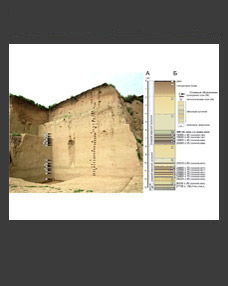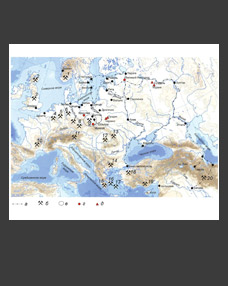Viktor A. Borzunov
Ural Federal University, Yekaterinburg, Russia
E-mail: victor.borzunov@mail.ru
Keywords: taiga, the Ob River Ugrians, the Kulayka culture, burials, a hoard, genesis of the elite.
Over the past four decades, in the taiga areas of the Surgut and Lower Ob River Region, six unique burial objects of the Early Iron Age with a large number of imported and local goods have been discovered: single graves, a hoard with shaman’s regalia and a burial of ittarma dolls personifying a group of warriors who died in a foreign land. The studied sites belonged to representatives of the local elite. No similar complexes of the Stone and Bronze Ages have been found. This testifies to the presence of social stratification in the Ugrian and Ugrian-Samoyedic society of the western area of the Kulayka cultural-historical community (KCHC) in the 1st–4th centuries BC. Meanwhile, the emergence in the region of bastion-tower fortresses, anthropomorphic copper figurines in helmets and “solar” crowns, as well as the find of an arrowhead of the “Kulayka culture type” in a dwelling of the Beloyarskaya culture suggest that the formation of the image of a warrior-leader-bogatyr-spirit and of the military, property-owing and cult elite separated from the ordinary community members started perhaps even earlier – around the middle of the 1st millennium BC. The main prerequisite for these phenomena, as well as for the appearance of iron products in the taiga communities of the Ob River Rregion in the absence of a producing economy (animal husbandry, agriculture), was the involvement of hunters-fishers in the north of Western Siberia into the Eurasian economy as regular suppliers of furs.
DOI: 10.31857/S0869606323010063, EDN: MBQVKE







